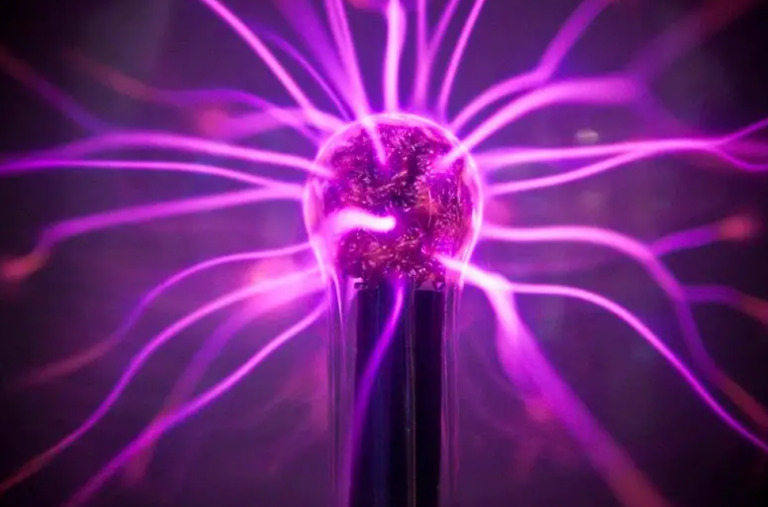Physicists Achieve Near-Light-Speed Electrical Conductivity
Electrons Transported at Sub-Femtosecond Speeds Using Ultrashort Light Pulses in Experimental Setup
Scientists have managed to control electron transport in the process at sub-femtosecond scale, or below one quadrillionth of a second using a tool called ultrafast laser beam that have specifically shaped light waves. While modern day electronic components work in the picoseconds – trillionths of a second – this new technique allows a switch in about 600 attoseconds – a thousand times faster. The setup captures light using nanoscale gold antennae and squeeze this light into a space no more than six nanometers in width to enable electron tunneling and acceleration. This revolution, it is said, could pave way for future electronics, in areas such as quantum computing, even though the realisation of such hardware remains a dream in the future, in future generations.
Faster electron mobility and electrical conductivity are the things needed for improvement of data conveyance and computing. The researchers have now successfully transmitted electrons at incresead rates of speed in a set-up.
Their strategy is to control electrons using light waves that are produced by ultrafast laser. Even though it might be some days before this sort of technology enters common use devices, this experiment definitely has set the stage for future device potential improvement.
At this time, electronic components have operating frequency at picoseconds and the new method of electric current control is done at about 600 attoseconds.
“This may well be the distant future of electronics,” Alfred Leitenstorfer, the physicist of the University of Konstanz in Germany. “To modulate the electric fields with single-cycle light pulses we are actually probing deep into the attosecond regime of electron transportation. ”
Leitenstorfer and his team prepared an advanced system at the Centre for Applied Photonics in Konstanz for controlling ultrashort light pulses and fabrication of the required nanostructures.
Their laser produced one hundred million single-cycle light pulses per second to produce macroscopic current. So, an appreciable electric field was created at the gap with the help of bowtie shaped nanoscale gold antennae whereby the maximum width of the light pulse was focused into a gap just of six nanometers.
This specific design provided the means to tune the electron in electric fields through tunneling and acceleration and to switch currents in substantially below a femtosecond—shorter than half the oscillation cycle of the incident light pulse’s electric field.
Overcoming the limitations of conventional silicon technology has not been easy though using light’s ultrafast oscillation to speed up electrons could bring new directions in the field of electronics.
It has potential for the next generation computers because researchers are looking into possibility of using light and electronics.
Both Leitenstorfer and his wider team tend to think that stepping beyond present-day computing boundaries may be possible employing plasmonic nanoparticles and optoelectronic devices to manage electrons in minuscule dimensions.
“This is very basic research and may take decades to implement,” explains Leitenstorfer.
The subsequent process is done in line with this principle by testing out every other setup possible. The research could also provide a clue about quantum computing, but there is still much to do—it is wonderful to look forward the subsequent works on this subject.
The research has been published in Nature Physics.
Do not forget to share your opinion with us to provide you with the best posts !




0 Comments